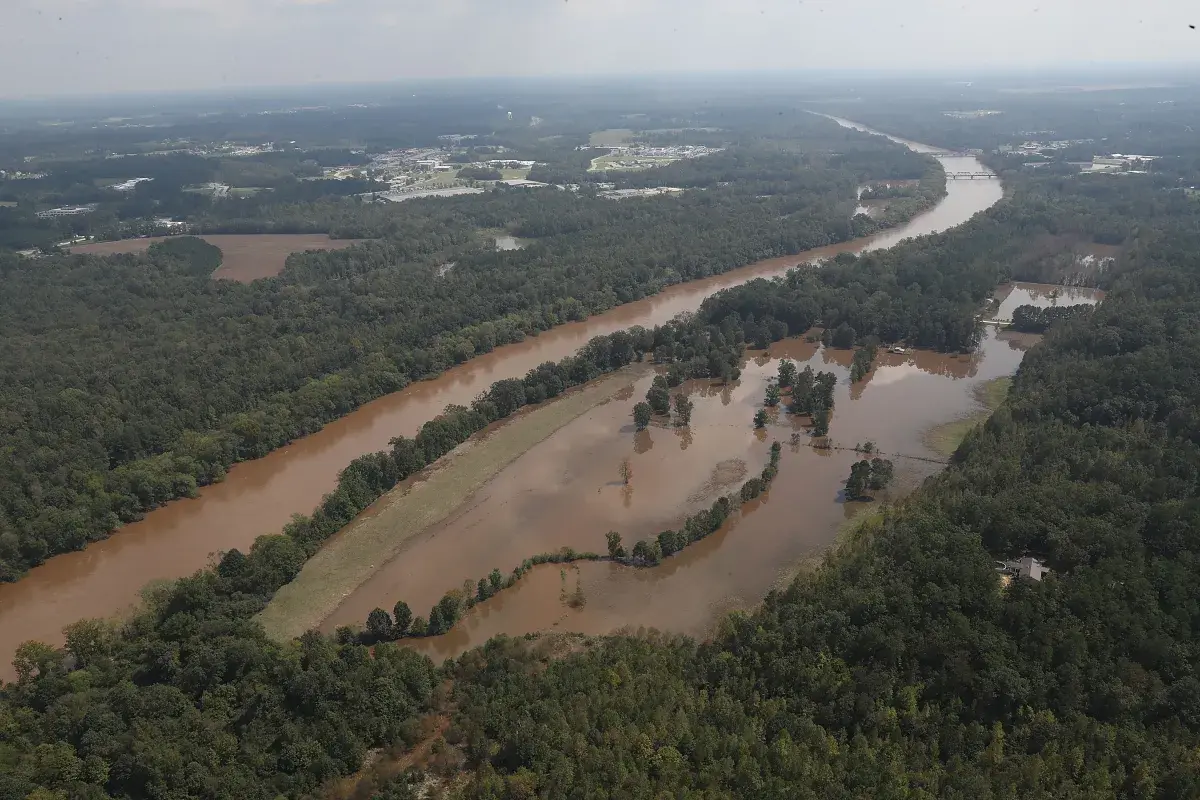
Officials have discovered toxic levels of per- and polyfluoroalkyl substances, also known as PFAS, in sea foam along North Carolina beaches, the American Chemical Society (ACS) announced this week.
Newsweek reached out to the U.S. Environmental Protection Agency (EPA) and North Carolina governor’s office by email outside of normal business hours on Saturday for comment.
Why It Matters
PFAS are widely used chemicals that break down very slowly over time and can be prevalent in the environment, including being found in sources of water, according to previous statements made by the Environmental Protection Agency (EPA).
PFAS chemicals are a group of thousands of different substances, which are classified as a Group 1 carcinogen by the International Agency for Research on Cancer.
The agency has long-monitored PFAS levels in water, especially due to concerns that these chemicals can make their way into drinking water. This includes introducing tools to reduce discharges and limit the impacts that treatment can have on drinking water and wastewater systems.
What To Know
The ACS study, released on Wednesday, examined sea foam along North Carolina’s coast and found that PFAS can concentrate in levels thousands of times higher than in surrounding seawater.
Jeffrey Enders, the study’s corresponding author, highlighted concerns that exposure to contaminated waters poses a high risk to “people and ecosystems” in the surrounding areas.
The Clean Cape Fear community group collected the initial samples and performed a preliminary test, which found the higher concentration of PFAS that exceed current drinking water limits as regulated by the EPA. The ACS took these results and used them to launch and expanded investigation into 13 locations along the nearby Cape Fear River and Atlantic coastline.
The expanded study looked for 49 common PFAS and detected 35 individual PFAS across the samples taken. Several foam samples had individual forever chemicals present at more than one million parts-per-trillion, including perfluorooctane sulfonic acid (PFOS) — one of six PFAS explicitly regulated by the EPA.
The study urges further examination of the transfer of forever chemicals between water sources, arguing that “the transfer of forever chemicals into sea foam hasn’t been widely studied.”
What People Are Saying
Jeffrey Enders said in the study: “Our research shows that sea foam along North Carolina’s coast can concentrate PFAS to levels thousands of times higher than the surrounding seawater. Monitoring these coastal environments is critical because contact with contaminated foam could pose unexpected risks to people and ecosystems.”



